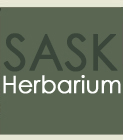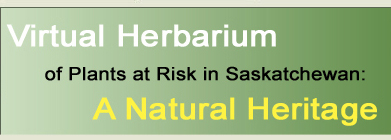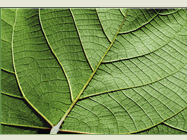
|

|

|

|

|

|

|
|
|
|
|
|
| Selaginella selaginoides (L.) Beauv. ex Mart. & Schrank | Species Image Gallery (opens in a new window) |
||||||||||||||
| TAXONOMY | |||||||||||||||
| Family: | Selaginellaceae | ||||||||||||||
| Genus: | Selaginella | ||||||||||||||
| Species Synonyms: | Selaginella spinosa P. Beauv. | ||||||||||||||
| Common Names: | northern spikemoss prickly selaginella northern selaginella |
||||||||||||||
| DISTRIBUTION | |||||||||||||||
| Canada: | Yukon – Mackenzie District – northern Saskatchewan – northern Manitoba – Ungava – Labrador, south to southern British Columbia – south western Alberta – central Saskatchewan – Ontario – Quebec – Newfoundland | ||||||||||||||
| Saskatchewan: | northern – central Saskatchewan; Cluff Lake – Hasbala Lake, Pike Lake – Candle Lake – Pasquia Hills | ||||||||||||||
| Ecoregion: | Moist Mixed Grassland, Aspen Parkland, Boreal Transition, Mid-Boreal Upland, Mid-Boreal Lowland, Athabasca Plain, Selwyn Lake Upland | ||||||||||||||
| HABITAT | |||||||||||||||
| Saskatchewan: | receding shorelines and calcareous bogs | ||||||||||||||
| Associated Species: | black spruce, bog birch, bog rosemary, buck bean, downy sedge, northern bog violet, sticky false asphodel, tamarack | ||||||||||||||
| RARITY STATUS | |||||||||||||||
| Provincial
Status According to Harms (2003): |
Threatened |
||||||||||||||
| Nature Conservancy Status: | G5 |
||||||||||||||
| Saskatchewan
Species at Risk Status: |
None |
||||||||||||||
| COSEWIC Status: | None |
||||||||||||||
| Northern spikemoss is threatened because it is rare or uncommon in Saskatchewan. No immediate threats are known but may occur in the future. | |||||||||||||||
| SPECIES DESCRIPTION | |||||||||||||||
| Growth Habit: | resembling mosses, perennial | ||||||||||||||
| Roots: | fibrous, few | ||||||||||||||
| Stems: | sterile stems creeping, 1 – 4 cm long, forming small mats; fertile branches erect, 4 – 10 cm high | ||||||||||||||
| Leaves: | spirally arranged, small, 1-nerved, overlapping; leaves on sterile branches spreading, lance-shaped; on fertile branches ascending, lance-shaped, tip tapered to a long point, margins bearing small spines | ||||||||||||||
| Cones: | terminal, with spores of two types, 1 – 3 cm long, nearly cylindrical; bracts leaf-like, larger than leaves, bearing small spines | ||||||||||||||
| Spore Sacs: | solitary in axils of bracts; male spore sacs containing many, small spores; female spore sacs few, large megaspores | ||||||||||||||
| Gametophytes: | small, largely contained within spore walls | ||||||||||||||
| |||||||||||||||